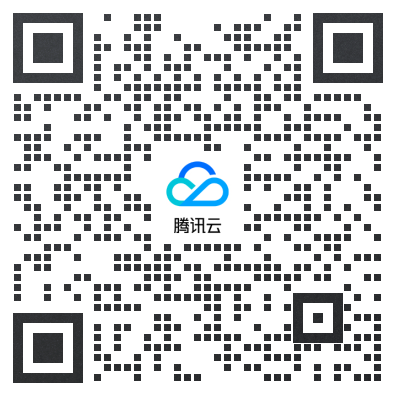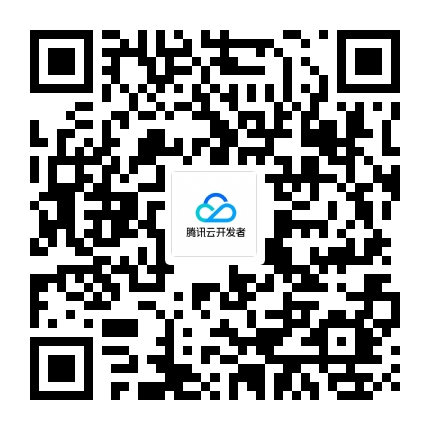itemtype
itemtype 是一个在HTML中用于指示文档或部分内容的类型的属性,它通常与微格式(Microformats)和微数据(Microdata)一起使用,以便为搜索引擎和其他Web应用程序提供语义信息。通过使用 itemtype,开发者可以向搜索引擎描述网页内容的结构和意义,从而提高搜索引擎优化(SEO)的效果。
基础概念
itemtype 属性通常用在HTML元素上,指定该元素及其子元素所表示的实体类型。这个属性的值是一个URL,指向一个定义该类型的词汇表(Vocabulary)。例如,使用 http://schema.org/Person 可以表示该元素描述的是一个人。
相关优势
- SEO优化:帮助搜索引擎更好地理解页面内容,从而提高搜索排名。
- 增强用户体验:通过提供更多的语义信息,可以帮助辅助技术(如屏幕阅读器)为用户提供更好的导航和理解。
- 数据互操作性:使得不同的应用程序和服务能够更容易地共享和交换数据。
类型与应用场景
常见的 itemtype 包括但不限于:
http://schema.org/Person:用于描述个人信息。http://schema.org/Organization:用于描述组织信息。http://schema.org/Product:用于描述产品信息。http://schema.org/Event:用于描述事件信息。
应用场景广泛,从电商网站的产品列表到博客文章的人物提及,再到活动页面的事件详情,都可以通过 itemtype 来增强内容的结构和意义。
遇到的问题及解决方法
问题:搜索引擎未能正确识别页面上的实体信息。
原因:
itemtype属性值可能不正确或未指向有效的词汇表。- 缺少必要的属性或属性值不完整。
- 页面结构复杂,导致搜索引擎难以解析。
解决方法:
- 确保
itemtype的URL是有效的,并指向一个被广泛接受的词汇表。 - 检查并补充所有必要的属性,如
itemscope和itemprop。 - 简化页面结构,使其更易于被搜索引擎解析。
示例代码
<div itemscope itemtype="http://schema.org/Person">
<span itemprop="name">John Doe</span>
<img itemprop="image" src="john-doe.jpg" alt="John Doe">
<a itemprop="url" href="http://www.johndoe.com">Website</a>
<span itemprop="jobTitle">Software Developer</span>
<div itemprop="address" itemscope itemtype="http://schema.org/PostalAddress">
<span itemprop="streetAddress">123 Main St</span>
<span itemprop="addressLocality">Anytown</span>,
<span itemprop="addressRegion">Anystate</span>
<span itemprop="postalCode">12345</span>
</div>
</div>在这个例子中,itemtype 被用来定义一个 Person 类型的实体,并通过 itemprop 属性详细说明了这个人的各种属性。
相关·内容
扫码
添加站长 进交流群
领取专属 10元无门槛券
手把手带您无忧上云


 云服务器
云服务器 ICP备案
ICP备案 即时通信 IM
即时通信 IM 云直播
云直播 实时音视频
实时音视频
